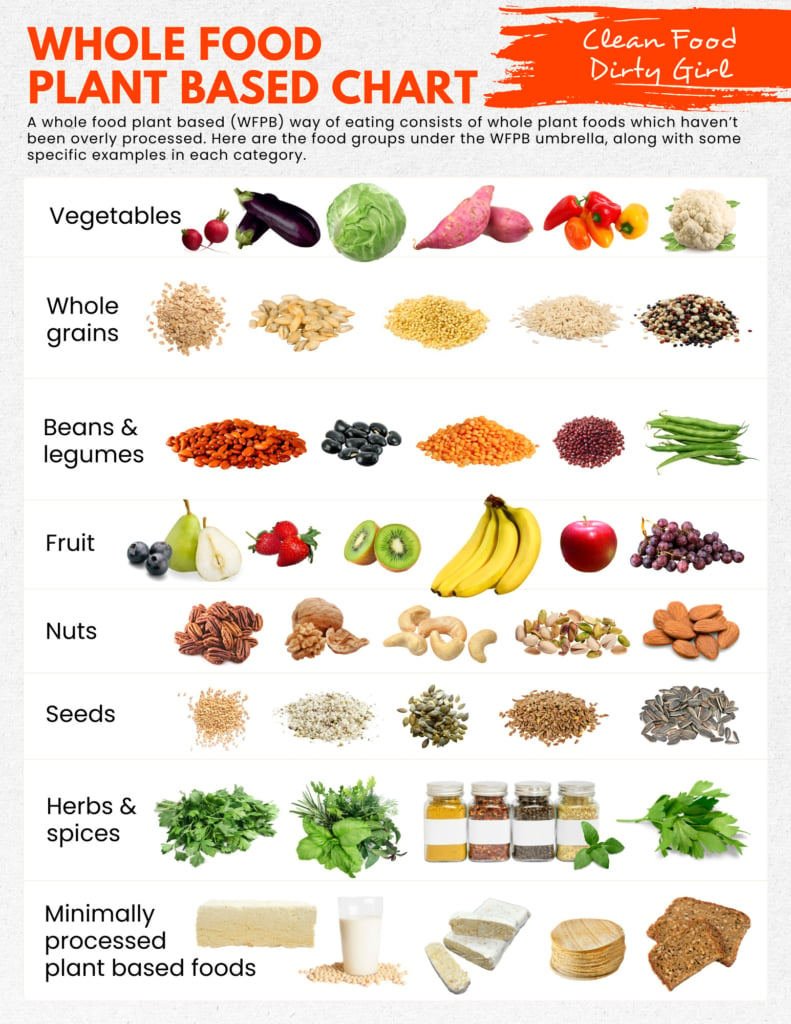Eat a balanced variety of whole foods
均衡餐點中的蛋白質食物、蔬菜、水果、澱粉類,以及乳製品或其替代品,都是為了提供我們所需的營養素而設計的。
全食物富含天然以正確比例共存的營養素,有助於人體吸收。例如,我們需要攝取一些脂肪,才能吸收脂溶性維生素(如維生素 A、D、E 和 K);鮭魚中的維生素 D 就特別容易被吸收,因為它是一種高脂肪魚類。²
攝取多樣化的食物,有助於我們獲得充足且全面的營養。每週變換菜單能讓我們輕鬆補充不同的營養素,這是因為不同食材具有不同的營養特性。舉例來說,如果我們每週吃兩次魚、一份牛肉、一份豬肉,就能有效補充魚類中的抗發炎脂肪、牛肉中的維生素 B12,以及豬肉中的維生素 B1(硫胺素)。² ³
透過策略性設計的均衡餐點,包含多樣的全食物,就能輕鬆獲得我們身體所需的營養素。
The protein foods, vegetables, fruits, starch, and dairy or dairy alternatives in balanced meals are designed to deliver us the nutrients we need.
Whole foods are loaded with nutrients that naturally occur together in the right ratios to be readily absorbed.1 For instance, we need to eat some fat to absorb the fat soluble vitamins (i.e., vitamins A, D, E, and K) and the vitamin D in salmon is readily absorbed because it is a high fat fish.2
Eating a wide variety of different foods will ensure we get enough of all nutrients. Weekly menus with variety allow us to get the nutrients we need with ease. This is because different foods have different nutritional profiles. For instance, if we eat fish twice a week, beef once a week, and pork once a week, we will easily get enough of the anti-inflammatory fats from fish, enough vitamin B12 from the beef, and enough thiamin from the pork.2,3
Get the nutrients we need with strategically balanced meals that contain a wide variety of whole foods.
References
- Incze M. Vitamins and Nutritional Supplements. JAMA Intern Med. 2019;179(3):460. doi:10.1001/jamainternmed.2018.5880
- U.S. Department of Agriculture ARSBHNRCFC [Internet]. FoodData Central. http://fdc.nal.usda.gov/. 2019. Accessed February 11, 2021. https://food-nutrition.canada.ca/cnf-fce/index-eng.jsp
- Daily Value and Percent Daily Value on the Nutrition and Supplement Facts Labels. U.S. Food & Drug Administration (FDA). August 2023. Accessed April 4, 2024. https://www.fda.gov/food/nutrition-facts-label/daily-value-nutrition-and-supplement-facts-labels
Whole food, in simple words
Whole foods are foods that are unprocessed or minimally processed, meaning they are close to their natural state and contain their natural nutrients and fiber. They are generally free from added sugars, salt, unhealthy fats, and artificial additives. Examples include fresh fruits and vegetables, whole grains, nuts, seeds, beans, and unprocessed meats and fish.





